Introduction
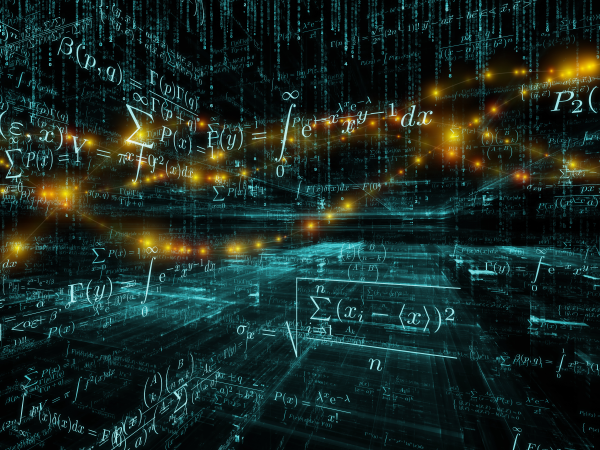
Artificial intelligence is broad and complex. However, the simplest definition is from IBM, who define it as the leveraging of computers and machines to mimic the decision making as well as problem solving abilities of the human mind.
The neighborhood is the immediate environment where people live in whose characteristics range from close proximity, to shared cultural and social values among that population. Using the analogy of a baby growing up in their neighborhood, then society is the neighborhood for artificial intelligence. This is where it is being developed and this is where it is being asked to perform things and thereby learning all aspects of its life cycle, just like that of a baby who learns and mimics things its exposed to in its surroundings.
If there is an area of technology that is not only transforming lives and growing rapidly, it is artificial intelligence, better known as AI. Parallels can be drawn between the growth of a baby and that of AI, which is the in thing right now. A careful look at its growth reveals that much like a baby is a product of their surroundings and upbringing, so is artificial intelligence. Even though the environment will not dictate how a child turns out 100%, it has a huge influence on how the child turns out. As such, society is the neighborhood that AI is growing up in and this is influencing it in all kinds of ways, both positive and negative, just like how babies born in different neighborhoods tend to acquire different traits and characters.
The birth of AI
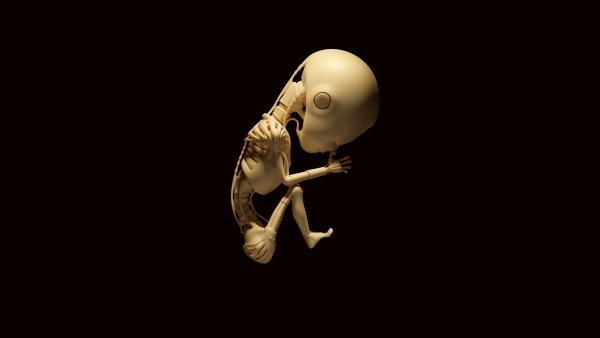
AI is a relatively new phenomenon. The origins of AI are traced back to the 1950s but the real growth started happening in the 1980s and 1990s. The boom that has led us to where we are now, started in the 2010s. Thus, it is easy to see how much of a baby artificial intelligence is. Just like a baby has everything done for them and is told what to do and how to do it, initial AI systems could only take simple instructions and process simple commands.
As growth continues, AI systems, just like a child learns from its environment, have started to show signs of being able to learn from enormous amounts of data, thanks to advancements in machine learning algorithms. This has marked the start of AI’s exploratory phase. Similar to how a child’s natural curiosity drives their learning, AI’s ability to process and derive knowledge from data is the engine that drives its growth and use in the world today.
How society is AI’s neighborhood
It is true that a child’s environment does not control their genes, time, and other factors that make up who they are. These are what help the child control their brain and its development. However, the same environment or society can shape the way in which they use their mental faculties. In the same way, the society may not control the computer chips and processors that make up the core of AI since it is actually a function of computers and machines, but it has a say in the data it learns from and how it is programmed for use.
A child learns a lot from their neighborhood. That is where accents, mannerisms, etiquette and a lot about a child’s worldview is formed. This is also true of AI. The same way a child learns from the people around them, AI learns from the data it is exposed to and that it is fed. As a result, AI will have the biases inherent in the data it is fed, just the same way that a child will have certain biases depending on how and where they were raised. AI will also have misinformation and disinformation because of this same reason.
That is why it is important for AI to be fed as much bias and misinformation free data as possible, and as much of a variety of it as is possible. For human beings in general, interacting with people from different cultures and traveling helps to address some of the biases people get from their immediate neighborhood growing up.
The positive and negatives side of AI nurture
In any neighborhood the world over, there are good and bad people. Some children will be taught good values and some will be taught bad ones. The same is true of AI. Some people will use AI for good while others will use it for negative and selfish means.
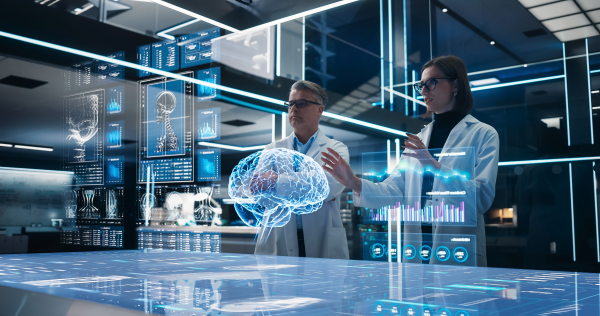
On the positive side, AI is used by doctors to analyze copious amounts of data to help better the diagnostic process, which ultimately is better for people’s health and the healthcare system as a whole. It can also be used to create robots which handle certain dangerous or delicate jobs better than a human being can. It is used in education to make it more intuitive and to reduce barriers such as access to the best teachers/tutors and materials. It is also used to reduce physical distance between loved ones who are far apart. AI is used in the legal industry, in the aviation industry, in the automotive industry and many others to not only make processes simpler, but also to make use of certain machines like cars and planes safer.
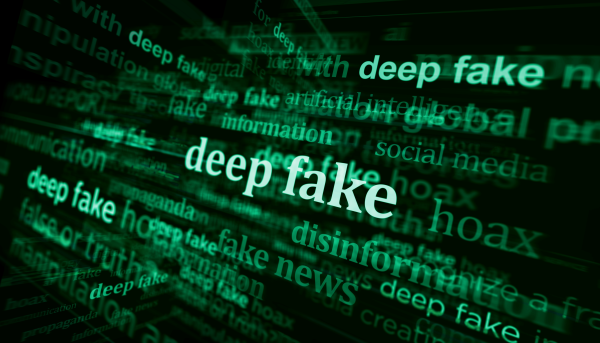
However, all is not rosy as there are those who profit from the bad side of AI. It is used to create deep fakes which are used to spread misinformation. Photos, videos and audio are easily manipulated to create the desired outcome and many people can easily be swayed with this misinformation. This is frequently used in politics to sway voters. AI can also be used to perpetuate bias and discrimination if it is fed biased and discriminatory data or is designed with those goals in mind. There are also privacy concerns with AI because it has access to a lot of private data which can also be a security concern. When in the wrong hands, AI can be used to wage both physical and cyber wars and this threat is increasing by the day as artificial intelligence gets more and more powerful. For the same reason, it can also be used as an economic weapon by economic saboteurs.
Setting boundaries
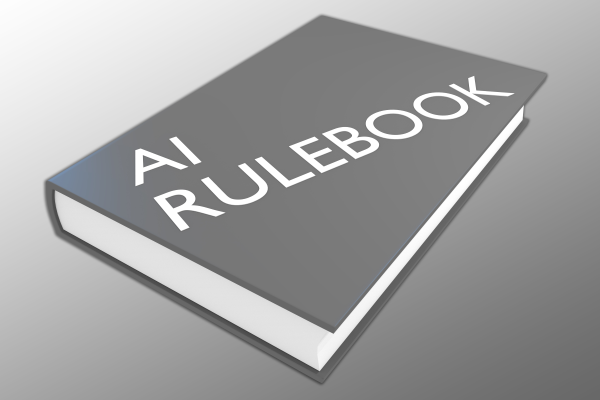
Much like societal norms, values and laws are designed to guide a child as they grow and lead them to be positive and productive citizens. With regards to AI, it is important for laws and industry standards and regulations to not only be formulated, but they should also keep up with the growth of AI to provide the much-needed safeguards that are necessary as AI continues to develop.
It is, therefore, encouraging to note that the top AI companies such as Meta, Google and Open AI, with the backing of the White House, are trying to push their systems to the limit at this year’s DEF CON in Las Vegas where hackers will be tasked with pushing the AI systems to their limit so as to find vulnerabilities that are exploited by those with negative intentions. These include tips on how to harm humanity, cause civil unrest and many others.
AI’s future
Growth and the future are never 100% certain whether for children or for AI. A lot of things impact this. For instance, as a child grows, there are many unforeseen things that impact their future and their growth. Likewise, there are uncertainties on the future of AI because as it gets more sophisticated by the day, so do concerns about its use. For example, it is replacing human beings in the workplace. Widespread use of artificial intelligence will render some jobs obsolete or some employees jobless.
With people using artificial intelligence to make their lives easier, it limits human interactions and the impact is yet to be fully understood. In the same way a child has their whole life ahead of them as they look to achieve and fulfill their desires, that is the same way with AI. The world is there for AI to conquer.
The root cause of fear of AI
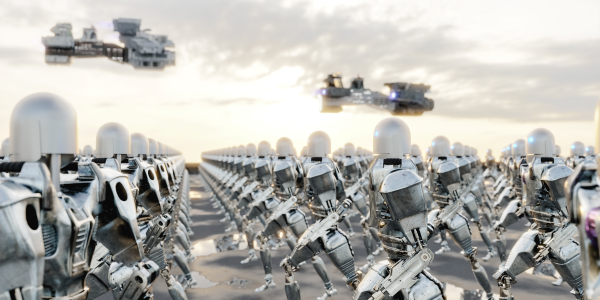
Upon analysis, what majorly seems to scare people is superintelligence as opposed to artificial intelligence. This is rooted in the fear of the unknown. And probably movies which showcase doomsday scenarios don’t help. Artificial intelligence is already here with us. It is used daily in our cars, in planes, in our phones, in our computers and many other machines and devices we use daily.
Indeed, there is near collective consensus in the scientific community that with sustenance of its exponential growth, artificial intelligence will surpass human abilities. Machines and computers are presently able to do certain tasks better than humans and as computers and machines get more powerful and more sophisticated, there is a fear that this might usher in the era of superintelligence. With super intelligence, machines will be able to think on their own and do much with little human input. However, there is no consensus on superintelligence.
In psychology, the phenomenon of being too smart for your own good is rooted in the ability of a person to be intelligent and knowledgeable to the extent that it becomes negative especially to others who might be looked down upon or made to feel inferior. This is the same fear of what having machines and computers which are smarter than human beings, would portend for human civilization.
The fear is genuine because of how dependent on technology and especially artificial technology the world has become. Already, researchers have been able to trick the AI systems to provide destructive information such as info as well as instructions on how to cause physical harm. Equally concerning is how researchers were also able to trick certain AI systems to provide information beyond its own security guardrails. This naturally leads one to wonder what future artificial intelligence would look like. What the consequences of having machines which can think and act with little human effort would look like. That is why industry action like the DEF CON in Las Vegas which is geared towards identifying vulnerabilities such as the ones identified above will be fixed and security protocols enhanced.
Conclusion
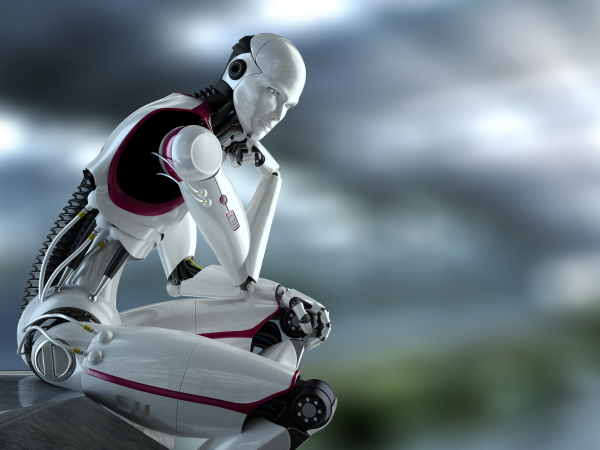
Societies advance with each generation. The challenges that existed 200 years ago were different to those experienced 100 years ago and are certainly different from those experienced now. On the artificial intelligence front, the challenges that faced the pioneers of AI in the 1950s were not the ones that were faced by their counterparts in 1980s and 90s. The challenges faced by the present scientists working on artificial intelligence today are much different. This is the same case when a child grows as they face different challenges growing up and they change as they age.
As technology continues to grow, so will the challenges experienced. AI is thought to grow exponentially and its capabilities cannot even be fully understood by us in the present. As such, the challenges that will be experienced by AI in the future are even harder to fathom at this point.
The best way to do it is to make sure that laws, standards as well as regulations will keep up with the growth of the AI industry. In addition, sufficient and robust safeguards should be built in when these technologies are being created so that they can be aware of them. There should also be checks and balances by independent bodies to ensure and ascertain compliance with hefty penalties for noncompliance. Much in the same way a child who is brought up well will largely turn out fine even in a change of environment, if AI will be exposed to and made aware of certain dangers in its use and application, this might help to avoid misuse of it.
Just like a child growing up has a bright future ahead of them, especially when raised right and performs well in all spheres of life, the future is indeed bright for AI and it will be exciting to see what artificial intelligence continues to do for the world.
